SPONSOR: ThreeD Capital Inc. (IDK:CSE) Led by legendary financier, Sheldon Inwentash, ThreeD is a Canadian-based venture capital firm that only invests in best of breed small-cap companies which are both defensible and mass scalable. More than just lip service, Inwentash has financed many of Canada’s biggest small-cap exits. Click Here For More Information.

- Blockchain has already started to level the playing field by disrupting correspondent banking and democratizing payments.
- In 2019, blockchain will start to move beyond payments and will begin to unbundle securities, loans and other derivative financial products. Companies like Securitize*, Dharma, Dydx, Compound Finance and The Ocean are all interesting companies working on the next phase of Decentralized Finance (DeFi).
Asheesh Birla Dec 27, 2018 at 10:00 UTC
Asheesh Birla is senior vice president of product at Ripple.
The following is an exclusive contribution to CoinDesk’s 2018 Year in Review.

Industries across the board – from cable companies to grocery stores – are desperately trying to hold on to their most prized possession: the bundle. The conventional wisdom goes “if you control access and distribution then consumers have little choice to go anywhere else.â€
Unfortunately for sleepy incumbent bundlers, we’ve seen companies like Netflix and Amazon unbundle nearly every part of our lives. The same is now underway in crypto and finance, where some of the largest financial institutions are seeing their bundles face serious headwinds.
As the unbundling picks up in 2019, I expect it create opportunities for smart blockchain companies that can find their niche and be successful. But with that opportunity also comes great risk. If entrepreneurs and builders get over their skis or promise too much – like many did in early 2018 – they risk losing credibility and giving away their first-mover advantage.
Asia Leads the Way
For decades, the largest global financial institutions controlled much of the financial system underpinning the global economy.
Blockchain has already started to level the playing field by disrupting correspondent banking and democratizing payments. In 2019, blockchain will start to move beyond payments and will begin to unbundle securities, loans and other derivative financial products. Companies like Securitize*, Dharma, Dydx, Compound Finance and The Ocean are all interesting companies working on the next phase of Decentralized Finance (DeFi).
Over the last several years, mobile app companies like Grab, Gojek and Paytm have expanded their offerings to include payments, investments, remittances, loans and insurance. They are rapidly capturing newly banked consumers as many Asian economies move from cash to digital.
Regulators in Asia are providing clearer guidelines on blockchain and crypto projects, partially because they consider blockchain a catalyst for economic growth.
Additionally, over 80 percent of all cryptocurrency trading volume is based out of Asia, so there is strong appetite to build out a workable infrastructure. If Grab, Gojek, and Paytm can control distribution to a newly banked set of consumers, they’ll then start to look towards blockchain to source a better experience for payments, loans and other derivative financial products.
Back to basics
Over the last few years, the crypto space deviated from the original vision of financial access, which was well articulated in Satoshi Nakamoto’s bitcoin white paper. Similar to the internet boom and bust, nearly every imaginable use case from tracking flower freshness to Kodakcoin used blockchain as a buzzword to gain influence and attract eyeballs.
However, just like the early internet, use cases have to match where the technology is in its development stage.
For example, Netflix wouldn’t have been successful streaming TV shows in the year 2000 when fewer than one percent of people had access to broadband. In the last few years, it’s become clear that payments are the one use case where blockchain works today.
In 2019, blockchain will build on this momentum and branch into decentralized finance applications such as loans and insurance products that leverage blockchain-based smart contract platforms.
I’ve always found that some of the best building happens in down markets. As long as builders can stay focused on solving very specific use cases, we will see more competition, innovation and a much-needed unbundling.
That’s a great thing for the entire industry.
Disclosure: Ripple’s Xpring is an investor in Securitize.
Have an opinionated take on 2018? CoinDesk is seeking submissions for our 2018 in Review. Email news [at] coindesk.com to learn how to get involved.
Source: https://www.coindesk.com/2019-the-year-blockchain-begins-finances-great-unbundling

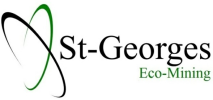

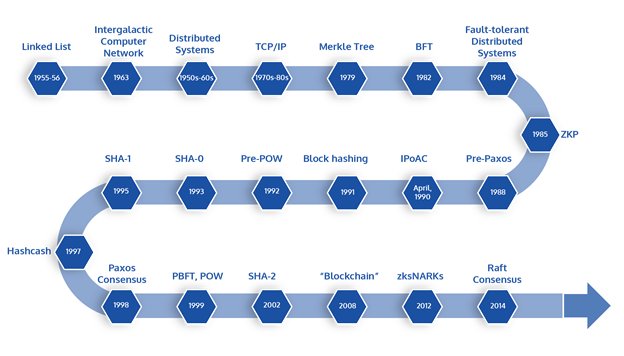
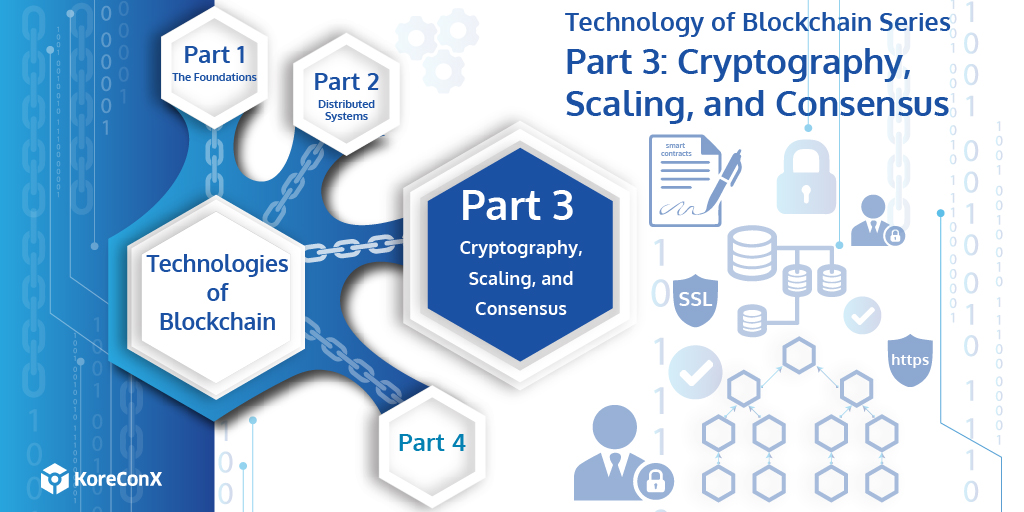
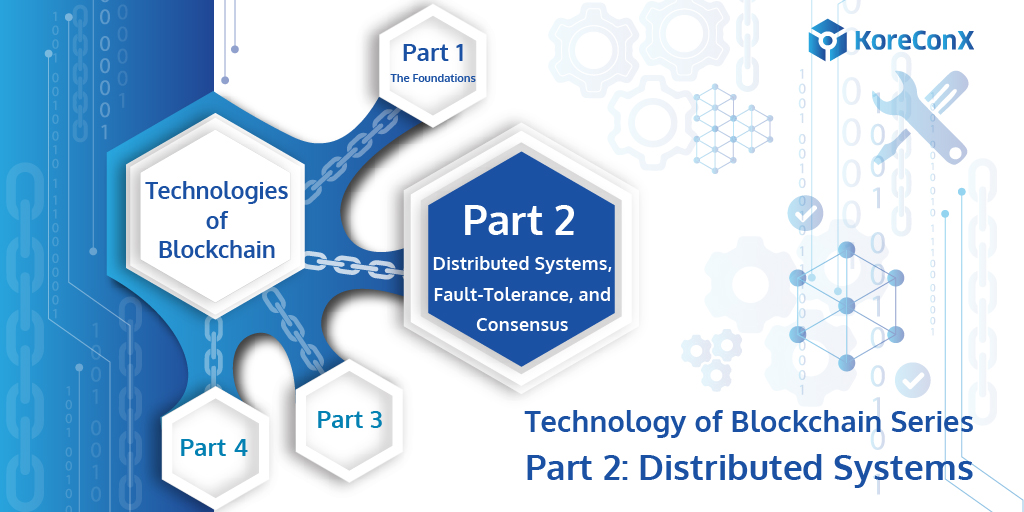

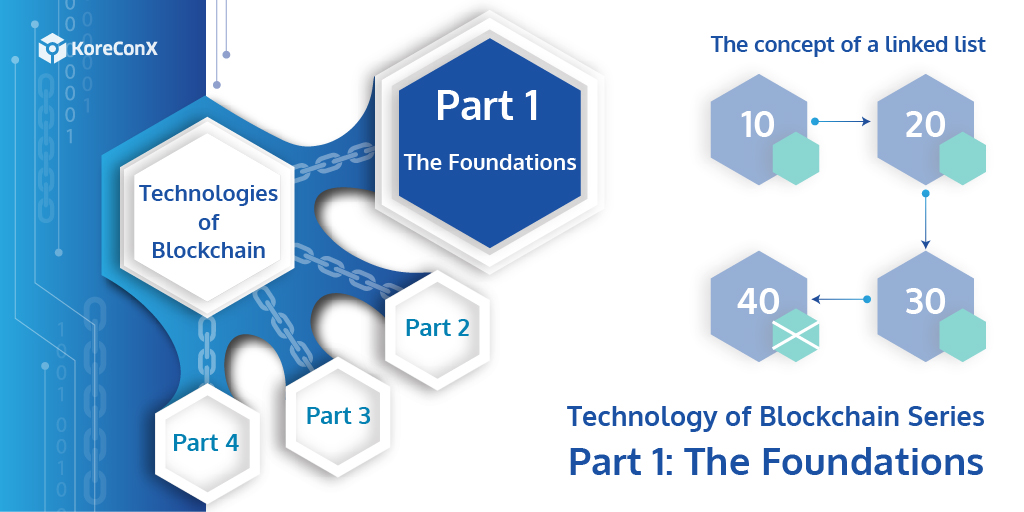





 Fortunately, rather than yet another regulation or tougher prosecution — which become barriers to entry for individual artists, inventors and start-ups — there is now a better deterrent to counterfeiting, fraud and IP theft: it is the blockchain, the technology behind cryptocurrencies like bitcoin.
Fortunately, rather than yet another regulation or tougher prosecution — which become barriers to entry for individual artists, inventors and start-ups — there is now a better deterrent to counterfeiting, fraud and IP theft: it is the blockchain, the technology behind cryptocurrencies like bitcoin. Provenance and geographical indicators
Provenance and geographical indicators Ethereum inventor Vitalik Buterin in Toronto. Some of the world’s most successful blockchain projects — Ethereum, Aion, and Cosmos, to name a few — were started in Canada. J.P. Moczulski for National PostImagine instead a world where artists decide how they’d like their music to be shared or experienced — simply by uploading a verified, searchable piece of music and all its related content online. Through the triggering of smart contracts, a song could become its own business, collecting royalties and allocating them to the digital wallets of rights owners such as songwriters and studio musicians. Artists and other creators would get paid first and fairly, rather than last and least.
Ethereum inventor Vitalik Buterin in Toronto. Some of the world’s most successful blockchain projects — Ethereum, Aion, and Cosmos, to name a few — were started in Canada. J.P. Moczulski for National PostImagine instead a world where artists decide how they’d like their music to be shared or experienced — simply by uploading a verified, searchable piece of music and all its related content online. Through the triggering of smart contracts, a song could become its own business, collecting royalties and allocating them to the digital wallets of rights owners such as songwriters and studio musicians. Artists and other creators would get paid first and fairly, rather than last and least.